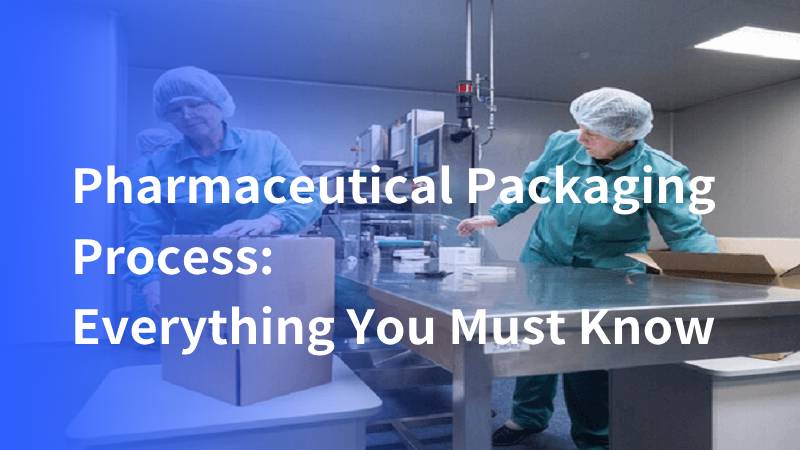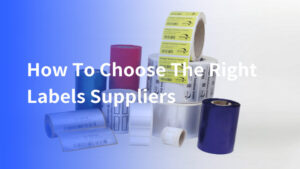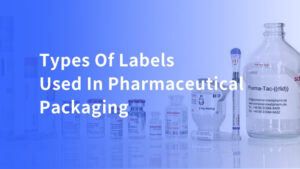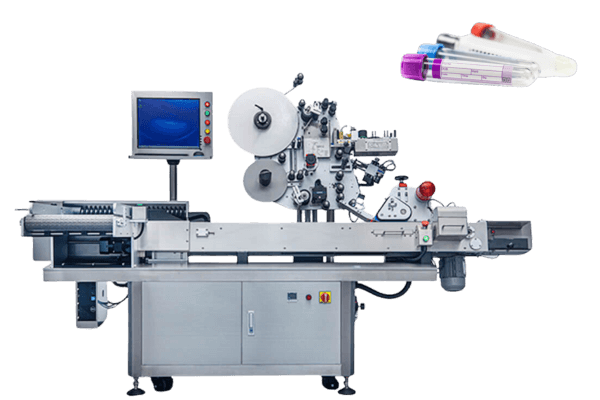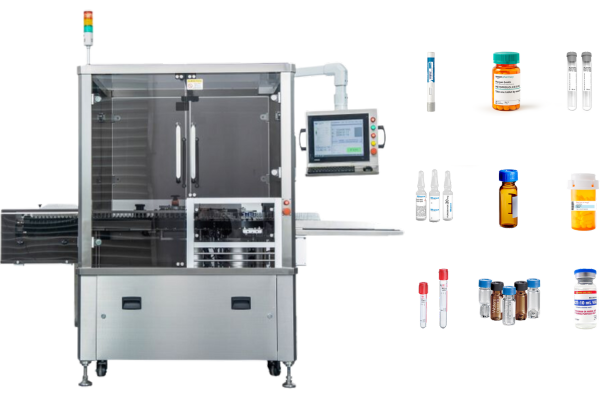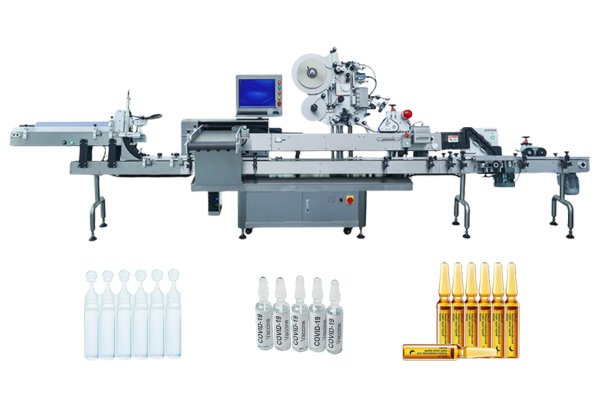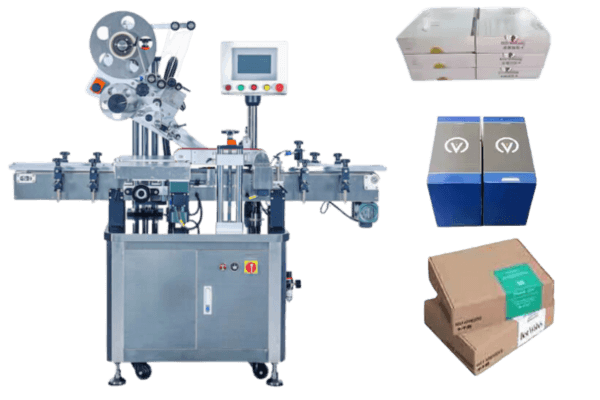The pharmaceutical packaging process is the practice of packing medicine for safety. It prevents medicine from getting spoiled or damaged. Good packaging keeps the medicine fresh and working. Otherwise, the medicine may become unsafe.
The manufacturing process starts when medicine is being manufactured in a lab. After that, the product goes into containers, such as bottles or blisters. Blister packing ensures that the medication remains clean and safe. It further includes a label that instructs on how to use the medicine.
Pharmaceutical packaging has strict laws to follow. These rules ensure that the medicines used by the people are safe. Pharmaceutical packaging companies follow strict regulations to keep drugs safe and effective.
Conception of the packaging process?
- Know the different forms of medicine and how to pack them. Various medicines need different packaging to keep them safe.
- Know how other companies work. That can lead you to the best and simplest way to pack drugs.
- Use special pharmaceutical equipment to test the packaging. This assures that the packaging for drugs will be safe.
- Medicines must stay fresh and safe from dirt or damage. Strong materials that keep out the air, light, and moisture are always recommended.
- Try different materials and systems. Testing shows what will work in each case.
- Speed up packing to get them to patients quicker. Don’t rush, and don’t make mistakes.
- You can track each package with bar codes or unique tags. This will ensure that medicines reach their intended destination.
- It’s important to save money, but safety is the most important. Do not use cheap materials that can harm drugs.
- Pharmaceutical packaging experts can help you with tricky problems. They know the rules and best practices for packing medicine.
Types of pharmaceutical packaging
The pharmaceutical packaging development process protects medicines. Different types of packages have specific functions. The three main types of pharmaceutical packaging are primary, secondary, and tertiary. Let’s discuss each.
Primary packaging
Primary packaging is the first package containing the medicine and touching the product. It may be a bottle, blister pack, or tube.
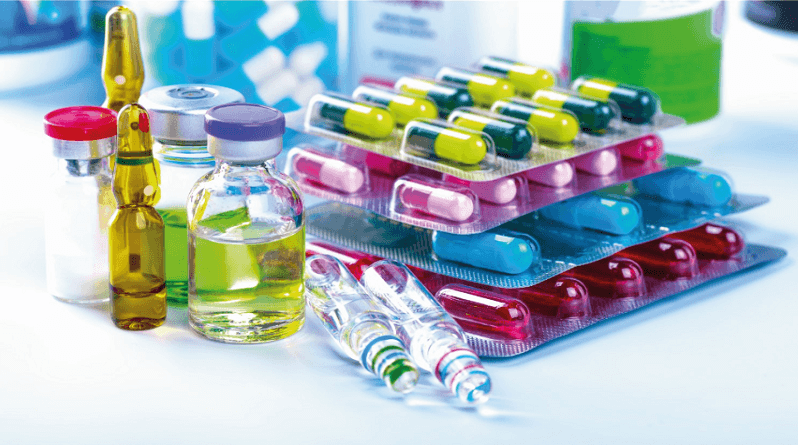
Primary packages protect medicines from dust, moisture, and air. They usually contain information about the medicine’s name and how to use it.
Secondary packaging
Secondary packaging holds many primary packages together. It can be a box or carton that contains several bottles or blister packs. This makes storage and transport easier and more health-safe.
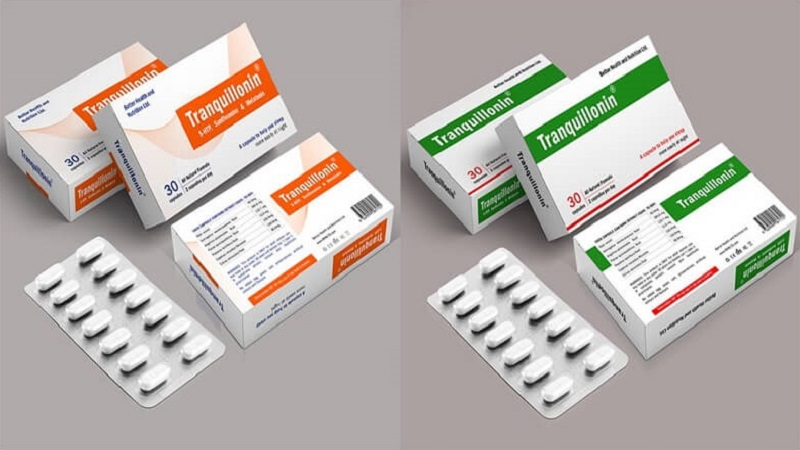
Secondary packaging also helps safeguard the medicine and ensure its safety. It facilitates organizing the products.
Tertiary packaging
Tertiary packaging transports large quantities of drugs. It groups smaller packages into big boxes or pallets. This step makes it convenient to ship medicine over long distances.
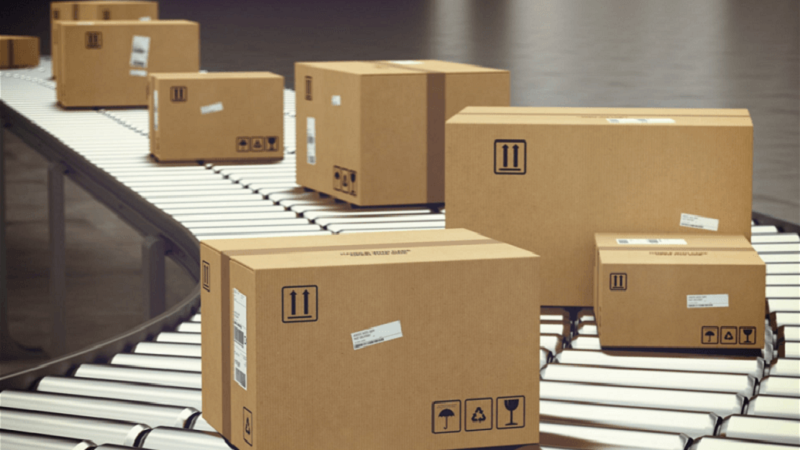
This helps protect the medicine during transportation from factories to stores or hospitals. It also allows for the safe handling and movement of large amounts of products possible.
The comprehensive pharmaceutical packaging process
The pharmaceutical packaging process makes sure medicine stays safe. Such activities seek to protect drugs from infecting germs, dirt, or damage. Packaging also keeps the medicine fresh until its use.
Medicine protection for patients is at every step of the process. Let’s discuss the stages undertaken in drug packaging.
Receiving and inspection
When packaging materials arrive, you check them for quality. Workers make sure the bottles, vials, and blisters are not broken. You should return items to the supplier if they are not okay.
The materials are then checked to ensure they are of the right kind. This helps to reduce later problems further.
Cleaning or sterilization
Next, the packaging material is either cleaned or sterilized. Sterilization removes germs to keep medicine safe. Clean packaging blocks harmful germs, keeping medicine secure and fresh.
Filling and sealing
Now, the medicine goes into the containers with care. Each container gets the exact empirical amounts of medicine. After filling, you seal the container to keep the medicine safe.
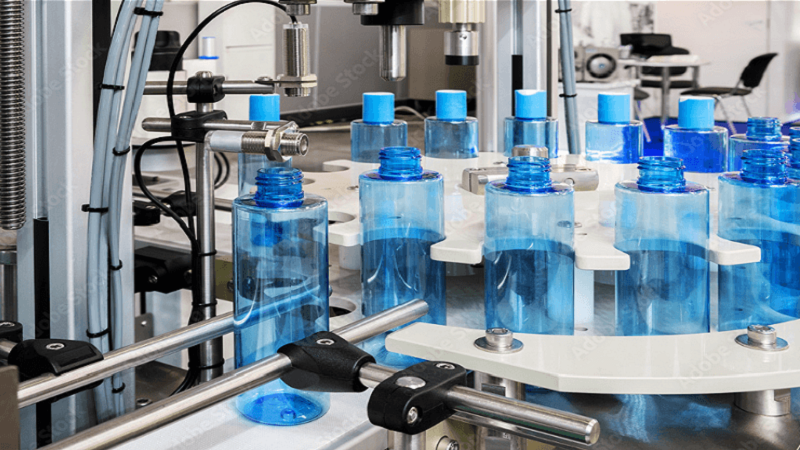
This seal keeps the medicine and prevents the entry of germs, dust, or air. Sealing ensures that the quality of the medicine stays good until it’s ready to use.
Labeling
Finally, you add the labels to the packaging. The labels include important information like the medicine’s name and how to use it. They also show the expiry date and batch number.
This helps keep track of the medicine and tells people how to use it. Labels are important to make sure that people use medicine with complete details. Labeling machines do this process.
Secondary packaging
The secondary packaging holds the primary package. It keeps things organized by grouping different items. This step ensures everything is safe and ready to move on to the next stage.
Quality control and testing
Quality checks are the final step in packaging before shipping the product. This means checking if the product meets all safety standards. Workers make sure the labels are correct and the sealing is proper.
They also look for defects or mistakes. This step helps ensure that everything is safe for the people using it.
Serialization and track
Serialization is the process of giving each product a unique code or number. This code helps track where the product has been and where it is going.
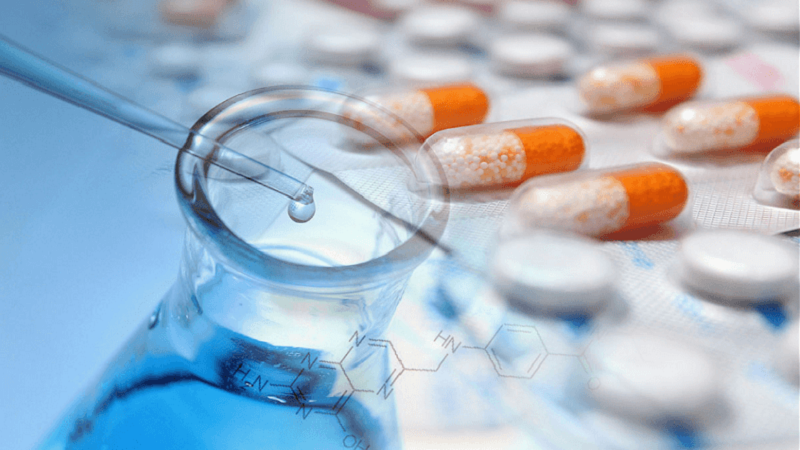
This code is often a barcode or an RFID chip. It helps companies track products as they move from place to place. Serialization ensures products are safe and easy to trace if a problem arises.
Final inspection and packaging
The product is always checked before sending it to the store or customer. This is the last check to make sure everything is in good condition. Workers check all labels, packaging, and the product itself for mistakes.
If correct, workers pack and send it for delivery. This ensures only the best products reach the customer.
Storage and distribution
After packing the products, you can store them in a safe place. You can control the storage area to keep the products safe. To avoid damage, you must maintain the room temperature and humidity.
Convenience of pharmaceutical packaging
Medicine packaging protects medicines from spoilage or damage. This preserves the medicine for use at a particular time when required.
Doctors and nurses ensure that the right person receives the right medicine in this way. The packaging even helps the medicine last longer.
- Keeps medicines safe and clean
Packaging protects medicine from light, air, and water, which may harm its quality. It sustains medicine’s potency and efficacy.
Packaging ensures that the medicines remain clean. It prevents dirt and germs from contaminating the medication.
- Helps track medicines
Labels and bar codes affixed to the packaging make it flexible to track where the medicine goes. As a result, it helps provide the right medicine to the right patient.
- Easy dispensing of medicines
Packaging makes it easy for people to use the medicines. Some packages are easy to open, while others have a specific dosage every time.
- Shelf life extension of medicines
A good package makes the medicine last longer. It keeps the medicine fresh by protecting it from things that could make it expire.
Pharmaceutical packaging challenges
- It becomes difficult to regulate all the requirements of packaging. All companies must follow updated border restrictions to follow new laws.
- Sometimes, products become difficult to get for packaging. An example of this that can lead to a problem would be shipping delays, which may be due to the lack of materials.
- Ensuring it is safe and of good quality can be more difficult. The mistake is unsafe medicines.
- Finding packaging that is good for the earth while still useful can be challenging.
Conclusion
The pharmaceutical packaging process is important as it keeps the drug safe. For example, dirt, moisture, and air can ruin medicine. Without adequate packaging, the medications might not work or become harmful. This ensures that any drug intended for a person was such for them. It is a crucial part of ensuring the safety of medicines for doctors and patients.
Packaging ensures that medicines are being packaged. It includes checking materials, cleansing, and putting the medication into containers. Each step adds to the effectiveness of the medicine, keeping it fresh and functioning. The packaging process also ensures medicines are stored safely and efficiently, adhering to strict regulations and using high-quality materials.
If you need labeling machines for pharmaceuticals, such as wrap-around, horizontal, corner-wrap, vial, or ampoule labeling, visit VialLabeller. Our machines are designed to apply labels accurately on medicine packages, enhancing precision and reducing risks in your business operations.
FAQs
What is the packaging process in pharma?
Pharmaceutical packaging involves enclosing medications using specific materials and methods to ensure their safety, stability, and proper delivery. It includes primary packaging like bottles and blister packs and extends to secondary and tertiary packaging for efficient storage and transport.
What are the types of pharmaceutical packaging?
Pharmaceutical packaging includes primary options like bottles, blister packs, sachets, vials, ampoules, and pre-filled syringes to protect and preserve medications. Tertiary packaging, such as cardboard boxes, shrink film, stretch wrap, and wooden or plastic pallets, ensures safe storage and transportation.
What are the FDA requirements for pharmaceutical packaging?
The FDA mandates that pharmaceutical packaging labels clearly provide usage instructions, exact dosages, warnings, and a complete ingredient list.
What are the materials used in pharma packaging?
Blister packs, made from pre-formed foil, paper, or thermoformed plastic, are the most common materials for securely holding solid medicines.
